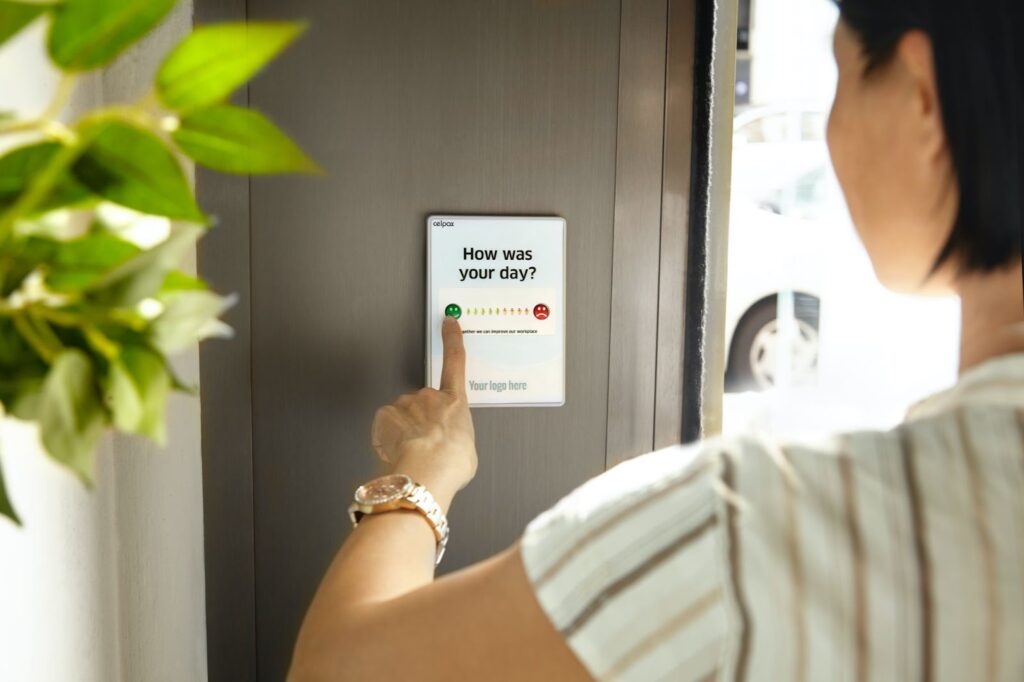Student retention has been an important concern for higher education, vocational and workplace education providers for years. While the COVID-19 pandemic has put strain on the educational industry in many ways, its effects will continue to reverberate for years to come: this is true in the area of student retention, as much as any other.
Student retention and success are often talked about alongside student attrition.
- Student retention specifically refers to persuading students to come back for each successive period of their coursework, whether for degrees, diplomas or short certifications
- Student attrition marks how many students are lost in each successive period
- Student success marks how many students complete all their coursework and graduate
According to the Society for Learning Analytics Research, learning analytics is defined as the measurement, collection, analysis and reporting of data about learners and their contexts, for purposes of understanding and optimising learning and the environments in which it occurs.
Applying learning analytics to gather, analyse and report on data for each of these metrics can guide institutions and providers to make smarter decisions in terms of which courses and students are on track for success, and which are in need of support to reduce dropout rates.
There are a considerable number of learning analytics approaches which utilise effective techniques in both supporting study success and identifying students at risk of dropping out. It’s highly recommended to work with an experienced analytics partner who can validate your students’ data, build a system that works for you, and show you how to use it effectively.
Why is retention so important?

Student success and retention are crucial to the Australian higher education space. Alongside the financial boons that institutions and providers are awarded for student enrolments and completions, there has long been an expressed aspiration for more students to be able to access and complete higher education and vocational training, especially those of Indigenous Australian and Torres Strait Islander heritages, those from regional areas, and those from low socio-economic backgrounds.
Students with these qualifications are often the backbone of our industries and the source of future innovation, so it is important to ensure they are supported while they seek their qualifications.
Higher education provider Swinburne Online, for example, has noted that the majority of their undergraduate students are mature-age, studying part-time, and juggling a degree with other commitments such as work and family.
Due to the COVID-19 pandemic, students are now even more frequently geographically scattered, making it more difficult to identify which students are at-risk of disengaging from their studies. It is theoretically easier for students to drop out of courses or universities when they have no physical or emotional ties to sever, only digital ones, and so institutions must work much harder to keep students motivated, signed up and logged in.
What are the signs of student disengagement?

The average attrition rate of all commencing bachelor students in universities in Australia has been bumpy since 2009, with the most recently available data from 2019 putting attrition rates around 18%; meanwhile, for TAFE institutions in 2018, more than 30% of domestic students did not return for their second year of studies. The pandemic is expected to severely affect attrition, retention and success rates across the education sector for years to come.
The Student Experience Survey, conducted across many higher education institutions every semester, asks students to indicate whether they had seriously considered leaving their institutions during the year and their reasons why. In both 2019 and 2020, 20% of undergraduate students indicated that they had considered early departure, with the number approaching 30% for students with Indigenous backgrounds and those with a reported disability.
The most common reasons in 2019 included health or stress (46%), study/life balance (30%), the need to do paid work (27%), difficulties related to workload (25%) and personal reasons (25%). Meanwhile, the most common institutional-related factors featured in the top ten were that students’ expectations had not been met (22%) and issues with academic support (19%).
In 2020, the most common reasons considered for early departure were similar: health and stress increased in importance (50%), while expectations not met jumped (27%) to sit alongside study/life balance and workload difficulties (both 27%), with financial difficulties following (23%).
National data is important to understand. However, institutions and providers who have been keeping track of their own student data may have an even better understanding of what causes their particular students to become disaffected and disengaged with their studies, along with what factors contribute to student success.
How learning analytics can help with student retention

There are a range of benefits to deploying and effectively utilising learning analytics in educational institutions and workplace and vocational training. It can be used to improve course offerings, identify and assist students in need, and reconcile an institution or provider’s business needs with their educational needs.
Essentially, learning analytics can help institutions address the complex issue of student disengagement by identifying both risks and opportunities, and informing effective and strategic priorities and interventions for those students who need them most.
Technology has become sophisticated enough to capture digital traces of the learning activities of students in remote and online environments, as well as real world classrooms, in the case of more experienced users who are able to weave digital tools into physical teaching and learning environments.
This data is often rich and fine-grained, detailing actual learner behaviours. It offers educators potentially valuable insights into how students react to different learning designs and how ‘at-risk’ students may need to be supported to complete their studies.
For example, if particular tasks or courses are identified as problematic with students consistently missing the mark or misunderstanding the content, the course or learning resources can be flagged for reassessment and redevelopment. Learning analytics can also be used to identify which applied learning theories are the most effective for a particular cohort.
Predictive analytics can use a student’s reported behaviour, their use of learning materials, and past assessments to determine how likely they are to complete future assessments and the course on the whole. Instructors can then intervene to determine if there are additional factors at play, or else motivate or further assist these particular students.
Finally, there is often tension between an institution’s business priorities (e.g. costs, risks, compliance) and its educational requirements (freedoms, innovations, student engagement). An institution can use learning analytics to make data-driven decisions in reconciling these needs – find the strategies that have worked the best in the past to answer them and where to focus the most attention.
How to get started using learning analytics to improve student retention

Key steps to implementing learning analytics successfully include:
- uniting your data sources
- identifying which metrics indicate student success and risk
- working with data partners to create tools like visualizations, dashboards and student profiles that result in insights that are easily actionable for instructors, and
- building capacity in those instructors to use those insights to determine when and how to intervene
A sophisticated data analytics layer integrated with Student Information Systems and Learning Management Systems can only be truly effective when educators know how to use it, and use it on a regular basis with confidence. This is when educators are their most empowered to help their students, as close to real-time as possible.
The main motivation for leveraging learning analytics in higher education is to guide interventions or support initiatives to improve learning and motivation, thus reducing dropout rates and inactivity.
Ideally, learning analytics can also be used to improve a student’s learning process by providing adaptive learning pathways toward specific goals set by the curriculum, teacher, or student. An holistic view of each unique student and their identified success strategies in the form of a learner profile or student dashboard can be an incredible benefit to educators keen on retaining that unique student, especially with data gathered across the student’s entire school career.
There is much to be done with learning analytics as it is, but it is still a young science compared to big data and business intelligence. As the field of learning analytics matures in the years to come, these scenarios we have outlined will become increasingly possible and sought after in higher and vocational education spaces. Learning analytics is part of the future of education, and it has benefits for every institution, provider, educator and student, especially with enthusiastic investment.




